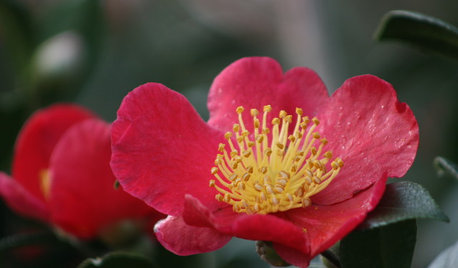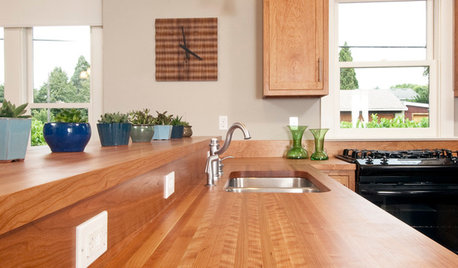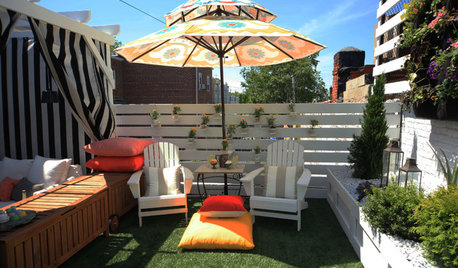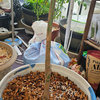Yes, there is a tasty zone 7 citrus!
fabaceae_native
10 years ago
Featured Answer
Sort by:Oldest
Comments (14)
poncirusguy6b452xx
10 years agomksmth zone 7a Tulsa Oklahoma
10 years agoRelated Professionals
Danbury Landscape Architects & Landscape Designers · Maple Valley Landscape Architects & Landscape Designers · Foothill Ranch Landscape Architects & Landscape Designers · Manchester Landscape Contractors · Fort Myers Landscape Contractors · Hawaii Landscape Contractors · Indio Landscape Contractors · Kaysville Landscape Contractors · Kerman Landscape Contractors · Santa Maria Landscape Contractors · Tamarac Landscape Contractors · West Palm Beach Landscape Contractors · York Landscape Contractors · Chicago Ridge Landscape Contractors · Dent Stone, Pavers & Concretefabaceae_native
10 years agoponcirusguy6b452xx
10 years agoDave in NoVA • N. Virginia • zone 7A
10 years agofabaceae_native
10 years agoponcirusguy6b452xx
10 years agoDave in NoVA • N. Virginia • zone 7A
10 years agoDave in NoVA • N. Virginia • zone 7A
10 years agoDave in NoVA • N. Virginia • zone 7A
10 years agoponcirusguy6b452xx
10 years agofabaceae_native
10 years agoponcirusguy6b452xx
10 years ago
Related Stories

GARDENING GUIDESHow to Keep Your Citrus Trees Well Fed and Healthy
Ripe for some citrus fertilizer know-how? This mini guide will help your lemon, orange and grapefruit trees flourish
Full Story
GARDENING GUIDESYes, You Can Grow an Edible Garden on a Hot, Dry Site
Difficult garden spots don’t need to deter you from planting trees, herbs and other delicious food plants
Full Story
WINTER GARDENINGYes, You Can Enjoy Your Yard in December! Here's How
Garden writers around the U.S. share their favorite winter garden joys. See what to do in your region this month
Full Story
CONTAINER GARDENS7 Deer-Resistant Flowers for Your Summer Containers
Grow these as protection for edibles or just for their colorful beauty — deer might not like them, but everyone else will
Full Story
KITCHEN DESIGNWonderful Wood Countertops for Kitchen and Bath
Yes, you can enjoy beautifully warm wood counters near water sans worry (almost), with the right type of wood and sealer
Full Story
SAVING WATERXeriscape Gardens: How to Get a Beautiful Landscape With Less Water
Conserve water and make gardening much easier with the xeriscape approach’s 7 principles
Full Story
EDIBLE GARDENSTake Refuge in an Iced Tea Garden
Cultivate the fine art of lounging in the shade and sipping a cold beverage
Full Story
LIFEHow to Get Along With the Neighbors — and Live Happier at Home
Everyone wins when neighbors treat one another with kindness, consideration and respect
Full Story
FRUIT TREESHow to Grow Your Own Persimmons
Sturdy and easy to care for, these trees offer bright fruit through winter — and keeping them in bounds is no sweat
Full Story
COLORColor Feast: When to Use Orange in the Dining Room
Dial up the zest at mealtimes with doses of snappy orange on dining room walls and furniture
Full Story






poncirusguy6b452xx